The diversity of colour and technique across Jude Kingshott’s art is incredible. But there’s always one ‘constant’ in each and every piece: hand stitching.
The foundations for Jude’s work largely rest with printing and dyeing on fabric and paper, and her surface designs include traditional and non-traditional printing techniques. But be assured, no matter what the approach or materials used, steady stitching always serves as icing on the cake.
Jude has been kind enough to share her artistic journey with us, from her ‘aha’ moment when she realized she was not destined to be a quilter to the Covid quarantine that has had an immense impact on her dyeing techniques. You’ll also hear about the joys of indigo, the magic of leaves, and some of the tools and supplies she uses most.
This is also an international story, in that Jude’s experiences living abroad have further informed her work. Egypt, Finland and the UK are just a few stops along the way in her story.
Jude lives in deepest, darkest Kent in the UK. She teaches extensively in the UK and Europe, including co-hosting eco-printing, indigo and bookmaking courses with Brunhilde Scheidmeir in the UK. Jude was Studio Manager at Committed to Cloth for five years and also helped run a non-profit art gallery in Tenterden, Kent, UK. Her work has appeared in Popular Patchwork: Meet the Studio Manager (2016) and Professional Patchwork (2017).
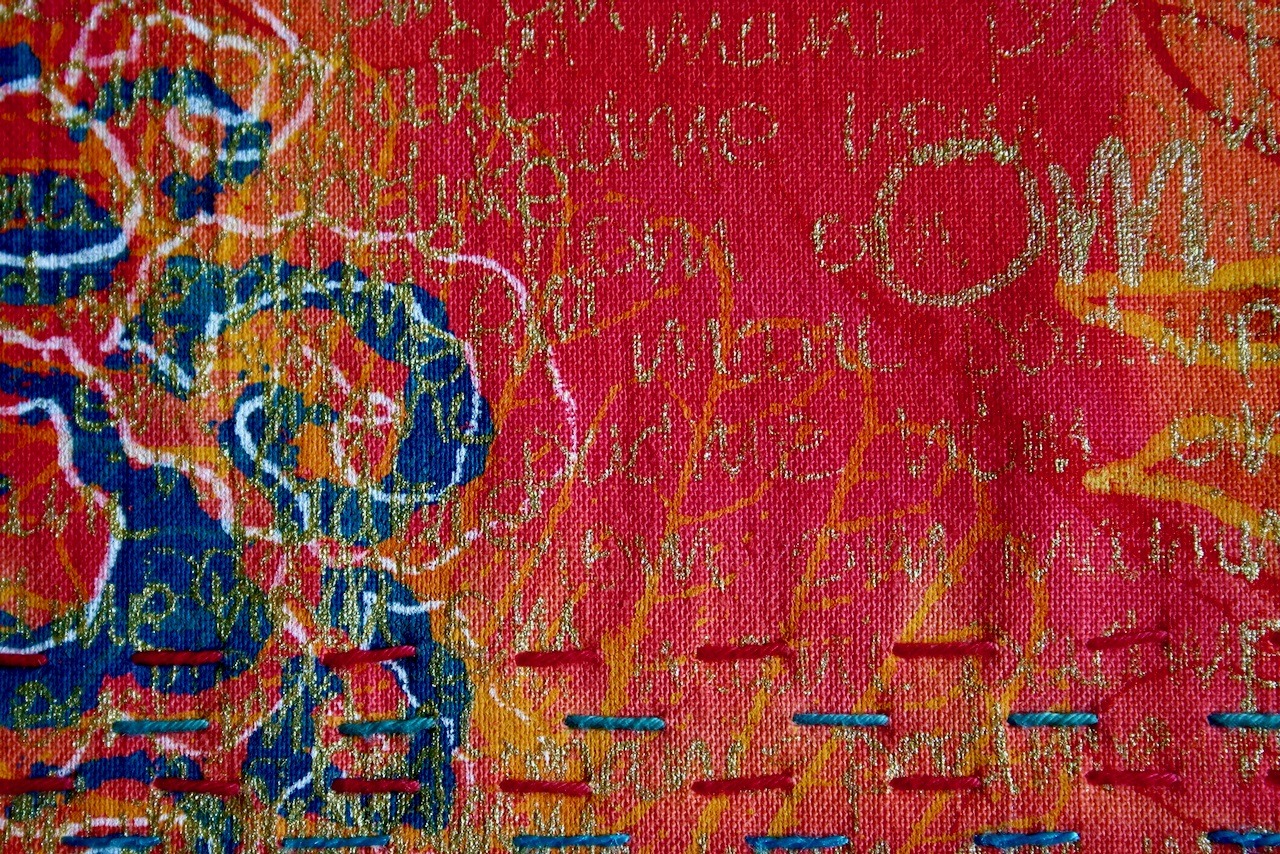
When you know you’re not a quilter
TextileArtist.org: What initially attracted you to textiles as a medium? How was your imagination captured?
Jude Kingshott: Whilst living in Egypt at the age of 23, I was introduced to quilting and limited surface design. I was taken to meet the American expatriate ladies who had formed a quilting bee. They were making a quilt as a wedding present.
After some discussion, one of the ladies gave me a quilt book with instructions on how to cut, stitch, quilt, etc. I chose a pattern called ‘The Square in the Middle.’ The pattern’s individual blocks featured a square surrounded by triangles at each corner. The end result looked somewhat like a chessboard.
I was unable to purchase wadding, so I layered cotton sheets between the top and bottom. And the ‘quilting’ was simple running stitch. It was king-sized and took me the whole of my second pregnancy to complete. I was happy with the result, but it was not perfect.
I have also made small baby quilts for my own children and friends who had babies. And I have made the same quilt for my four grandchildren. It’s a very-used Vogue pattern featuring a washing line with small pieces of clothing: dungarees, t-shirt, socks, etc. onto which the date, weight and name of the child was embroidered. It also had a small pillow with an applique sun with an embroidered smiley face.
My interest in surface design was inspired by the same American ladies who had painted directly onto their own clothing. I chose to paint directly onto a white cotton galabeya with acrylic paint, and I was hooked.
I loved this simple white, Egyptian garment worn mainly by men. They were very similar to ‘kaftans.’ They were inexpensive and beautiful, cool cotton. I had waist length hair, and my style was quite bohemian, so this inexpensive garment suited me.
I would embroider around the neckline, sleeves and hem. Then I applied acrylic paints (as that was all that was available) with a paint brush. Sometimes I carved vegetables with which to print. I would also apply heart shapes or flowers cut from cotton fabrics and embroider around them.
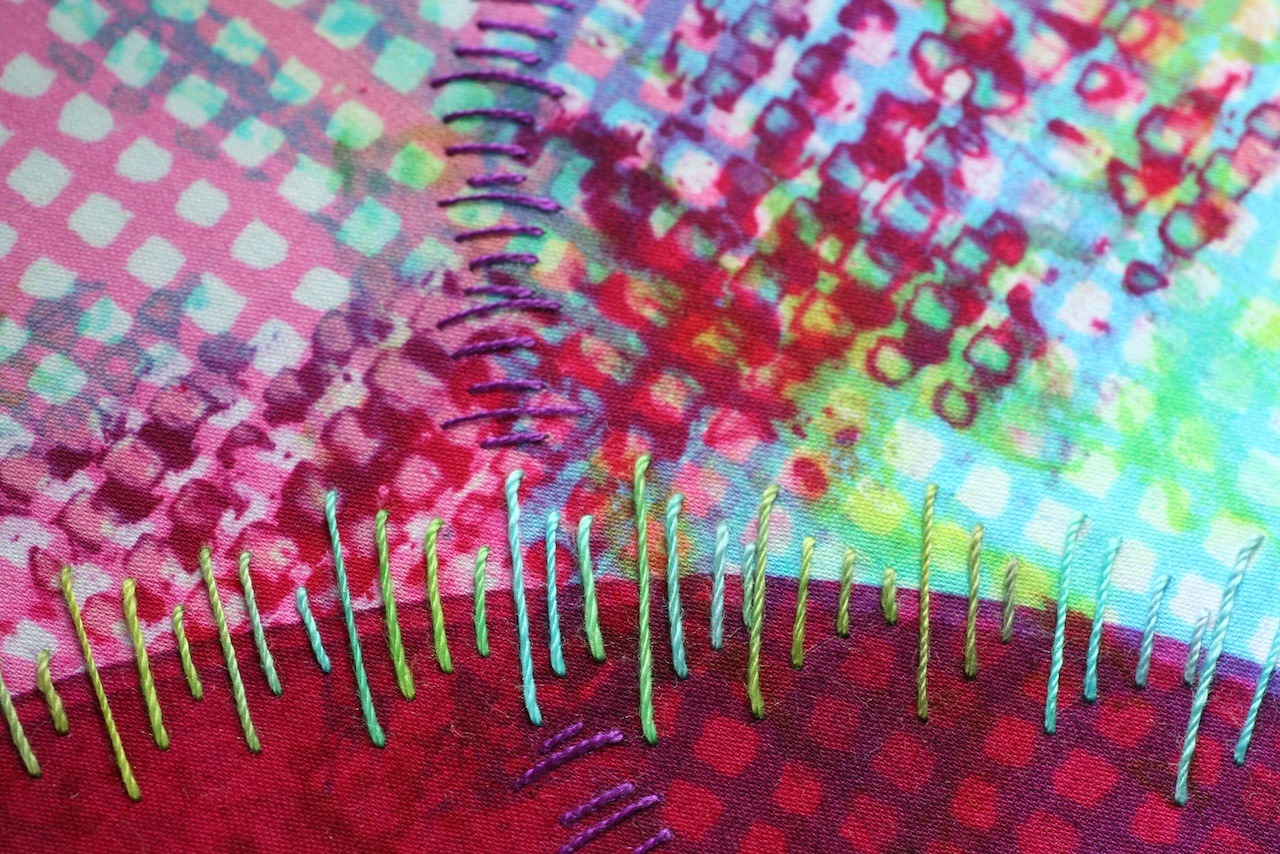
What or who were your early influences and how has your life/upbringing influenced your work?
For me, creativity has been a constant throughout my life. My mother was very creative. She made our clothes, knitted our jumpers, and made rag rugs. There was nothing she couldn’t turn her hand to.
Her motivation was purely economic, and gradually, she stopped creating, as her financial situation improved.
I have a few pieces she made, and they are very special to me.
I lived abroad for many years and was able to join many creative groups formed of many nationalities. This was a huge part of my creative development.
Living and working in different countries with exposure to other cultures, histories and art has influenced all aspects of my life. My horizons were broadened, and I was able to see the possibilities.
In Egypt, I met American quilters and a French dressmaker, and I was astounded by the ancient Egyptian historical sites. In Finland, I met felt makers, weavers, and I really enjoyed the designs of Marimekko.
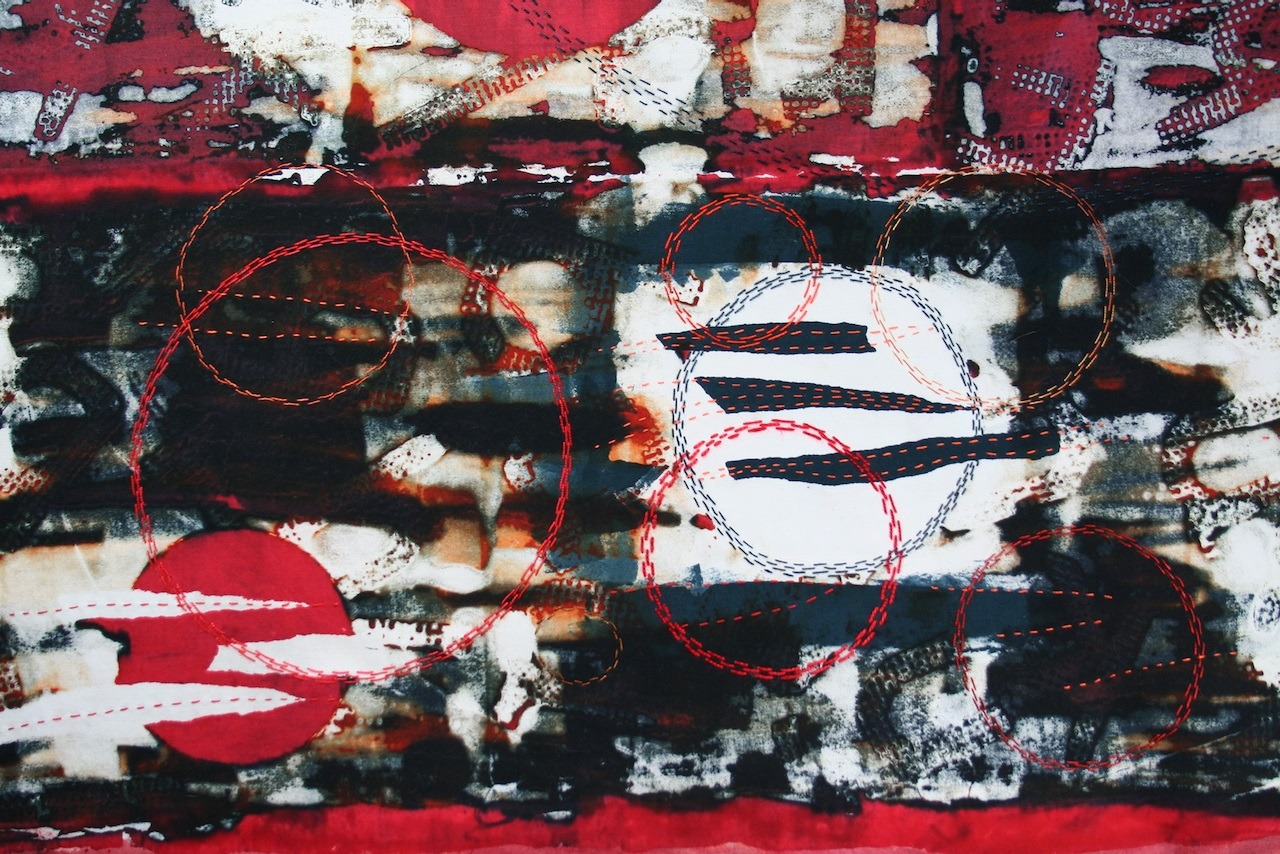
What was your route to becoming an artist?
After returning to the UK with two small children, I began to attend carefully selected courses. I tried felting, quilting and completed a City & Guilds Creative Embroidery in the early 90’s.
I learnt to embroider at a very young age, and when looking for a City and Guilds course, it seemed the obvious choice. I also took quite a few quilting courses with Janice Gunner in various locations.
During that time, I met Leslie Morgan at an introductory class on fabric dyeing. Leslie is a California-born artist and an embroiderer who makes quilts. She is a great tutor, and her enthusiasm is infectious. I began attending a monthly class Leslie taught in East Grinstead. With Leslie’s encouragement, I began to see the possibilities and believe in my potential.
Then I learned about surface design through the Committed to Cloth teaching studio in the UK. It was originally formed by Claire Benn and Leslie Morgan. I joined as a student and studied with various visiting tutors, including Dorothy Caldwell, Sandra Brownlee, Matthew Harris and Jette Clover.
It was a rapid learning curve for me, and I really began to understand how I wanted my work to evolve.
I knew I was not going to be a quilter. Instead, I wanted to create art. I wanted to express myself, and I wanted to develop work that came from within me rather than a particular technique.
I began to be more focused and thoughtful about the work that I was doing. And I began to exhibit with another artist, and also as part of a group and as a solo artist.
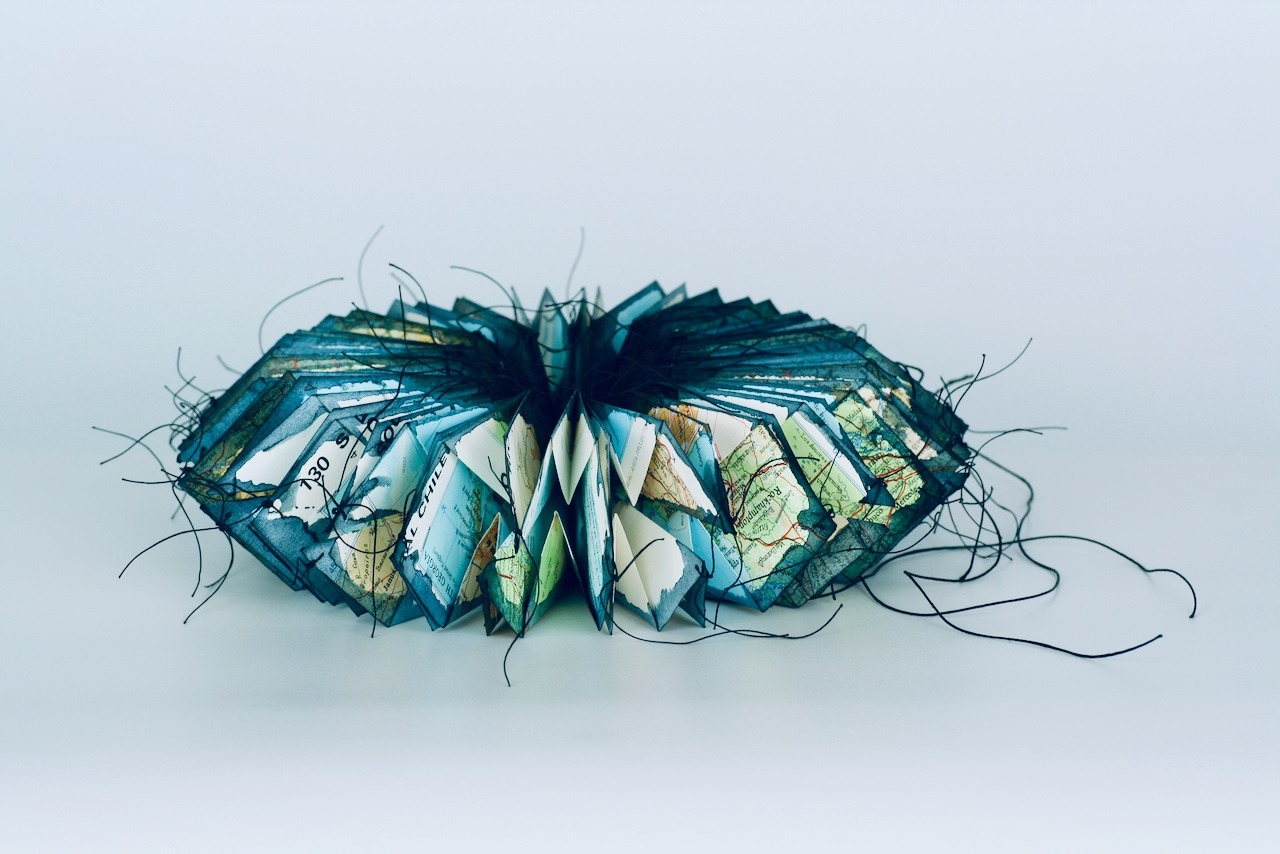
The magic of indigo
Tell us about your process from conception to creation
If I am creating work for a group exhibition for Phoenix Contemporary Textiles, we usually decide collectively on a theme. My initial response will be emotional. I spend time researching, thinking, and writing down ideas. Then I make a lot of samples of my ideas.
I work intuitively, and I am not focused on the outcome. The work has to evolve naturally.
For individual work when not using a theme, my work always begins from an emotional response—whether to the world around me or a situation that has arisen. I always keep a notebook by me bed and will often write down ideas as they come—sometimes in the middle of the night!
I begin by writing my initial ideas down, and after I have thought about the technique I will use, I start to make my samples. They are mainly small, and I try out different materials. I use sampling to decide what most clearly expresses my ideas.
There are a lot of ‘what if’s?’ along the way.
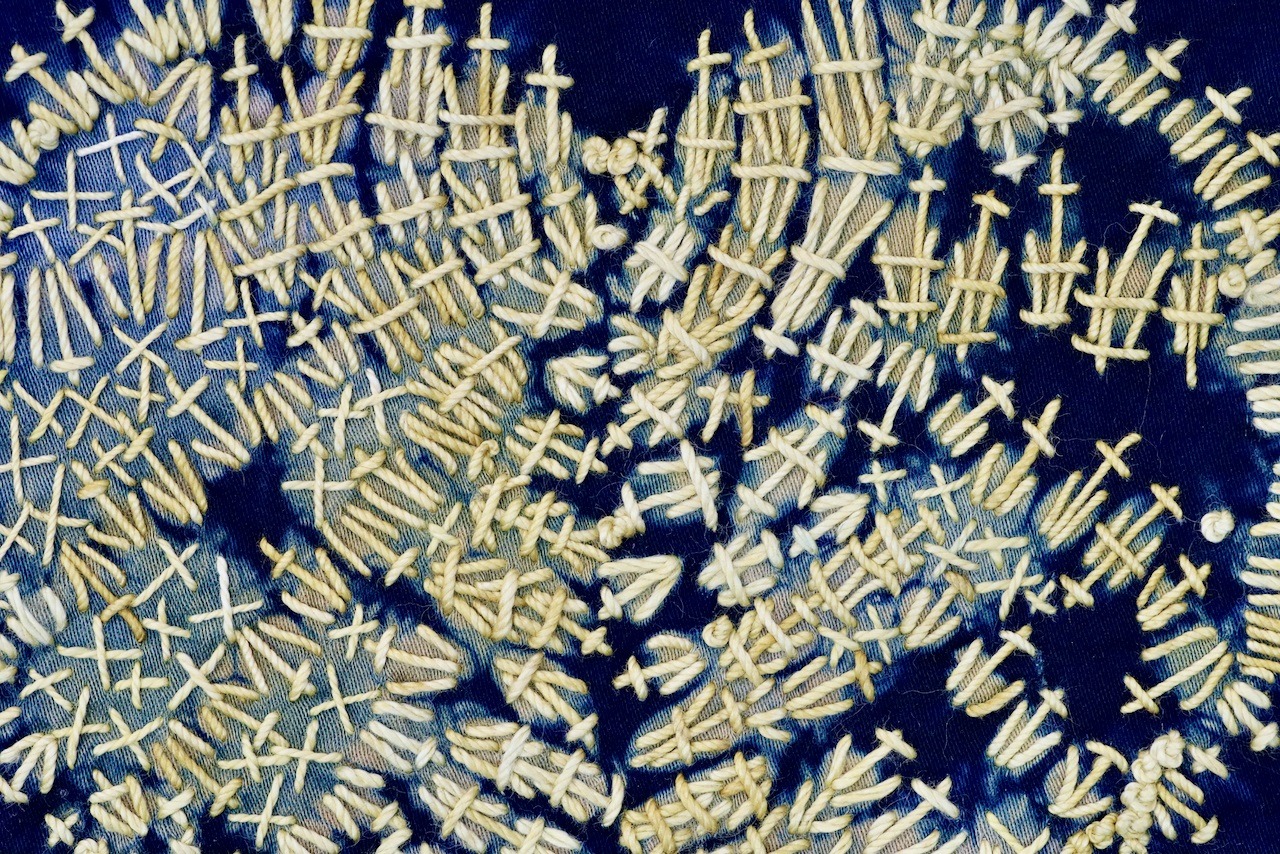
Tell us a bit about your chosen techniques and how you use them
I use fabric or paper, many of which are recycled from charity shops.
I begin with large pieces of cloth to which I apply a base layer of colour. This could be a Procion dye or natural dye/eco print. These large pieces are then ripped into smaller pieces, and then I use various shibori techniques on those pieces.
I then dye the pieces in Indigo many times to achieve a deep, rich blue.
Hand stitching is the last layer. I want my stitching to be joyful, beautiful and tactile.
My favourite natural plant leaves for dyeing are many: Bamboo, Turkey Oak, Liquid Amber, Tree of Heaven, Sweet Chestnut, Rose, Smokebush, Fig, Indian Bean, Eucalyptus, Fatsia and Bergenia.
I have many of these leaves in my own garden, but I also collect some when out walking.
I also use tea and coffee for dyeing.
I find Indigo dyeing to be a magical process. I love the colour blue and with Indigo it is easy to achieve a variety of depths of blue from pale to very dark. For me, Indigo is not difficult to work with, but it does require good preparation and patience.
In terms of stitching, I love straight stitch. But I don’t think I really have a favourite stitch. Once I begin stitching, it sometimes feels like my hands take over and all the past stitching is a memory within them.
I will stitch with any thread if it suits the piece on which I am working. I do like fine threads, particularly Mettler silk finish cotton. I buy a lot of threads from Paint-Box Threads, especially hand-dyed mercerised cotton threads.
I have also used very inexpensive rayon threads that are normally only used for sewing machining. I love the way the light reflects off the thread.
When I am stitching on paper, I make the holes using either a needle or an awl (I use this for bookbinding). Also, if the paper is very fine and not going to be seen from both sides, I will use a fine cotton iron on Vilene to give more stability and to help avoid any tearing.
Hand stitching is the constant in my work, regardless if I am working on fabric or paper. I have hand stitched since I was a small child. I embellished my dolls’ clothes with embroidery.
Hand stitching is a form of meditation for me. I find it relaxing, satisfying, and I can do it anywhere. I always take some with me wherever I go.
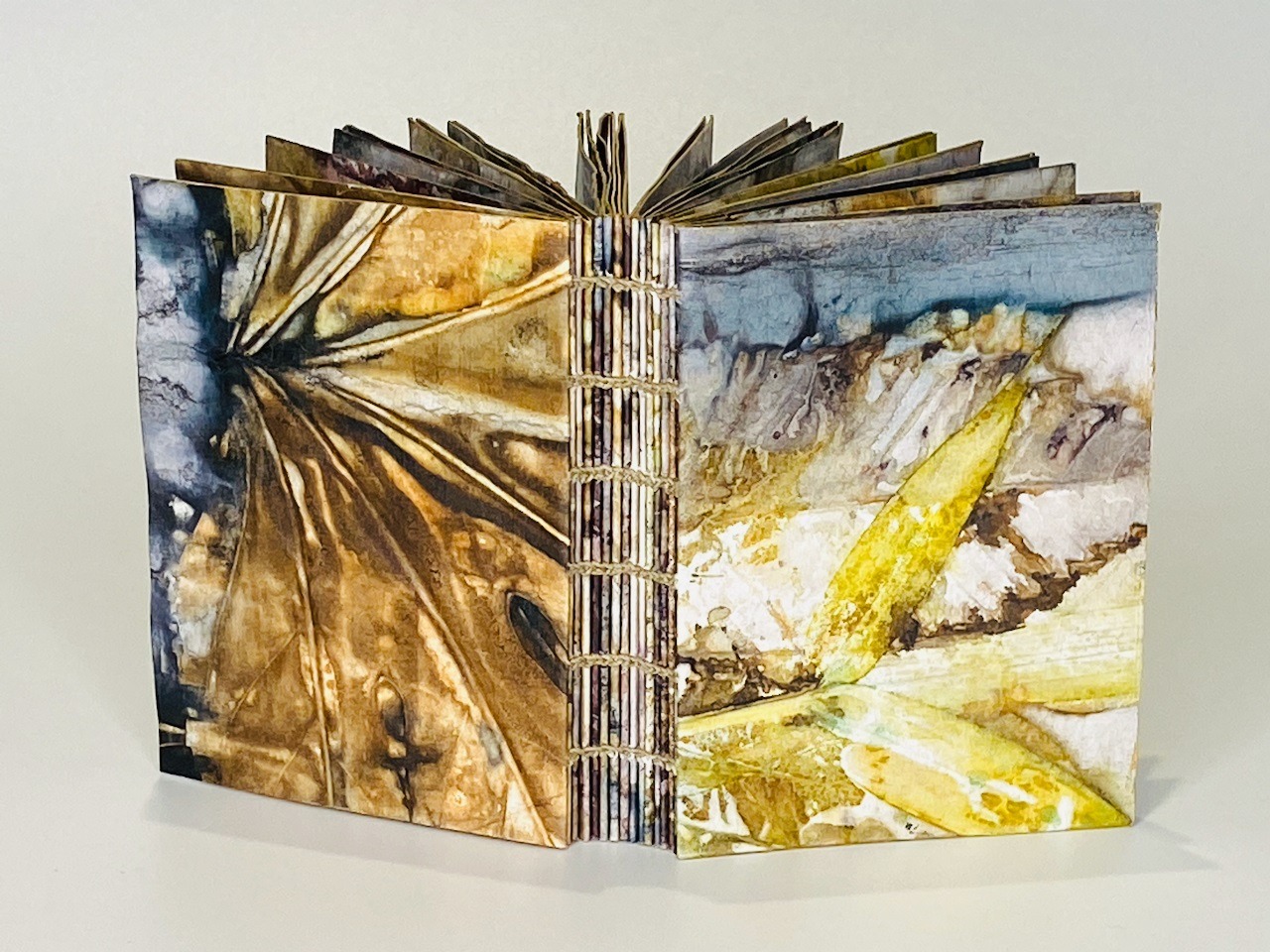
What currently inspires you?
During 2020, which was a very hard year for everyone, I found myself with lots more time to focus on my art. Inspiration came from nature, and I concentrated on working with the plant material in and around my garden.
I was amazed at the amount of usable plant material I had in my own garden. Not only were the possibilities there for eco printing, but I also did a lot of mark making on large pieces of paper using sticks, stones and feathers.
I even used the earth to make a type of ink!
All of these experiments had me looking at my garden in a very different way.
I have worked on my eco printing technique and book making. I have been combining these techniques, and as always, with hand stitching.
I am inspired by my life experiences and what I see and feel.

Discovering ‘breakdown printing’
Tell us about a piece of your work that holds particularly fond memories and why?
When I was taught ‘Breakdown Printing’ at Committed to Cloth, I was so inspired by this technique.
As described in the book [easyazon_link identifier=”0955164907″ locale=”UK” tag=”wwwtextileart-21″]Breakdown Printing: New Dimensions for Texture and Colour by Claire Benn and Leslie Morgan, breakdown printing involves applying thick dyes or print paste directly on to the back of a screen, and then letting them dry. Then more dye or print paste (or combination thereof) is applied to the screen, and the printing process begins.
The new dyes gradually dissolve—break down—the dried-on dyes when printing, which results in an ever-changing array of colours, marks, textures and disintegrating effects as one prints.
I quickly moved from fabric to paper with this technique, and ‘Scent is the Wisdom of Flowers’ is an example of breakdown printing on a 250-gsm paper.
I loved the prints that came from this technique and realised I could put images onto paper in a painterly way. I made some adjustments to allow for not washing the paper as you would with fabric.
I then machine/hand stitched, printed and wrote on the piece. It was exhibited in East Grinstead in 2014 and now lives in a private home. It sparked the beginning of my use of paper and its possibilities.
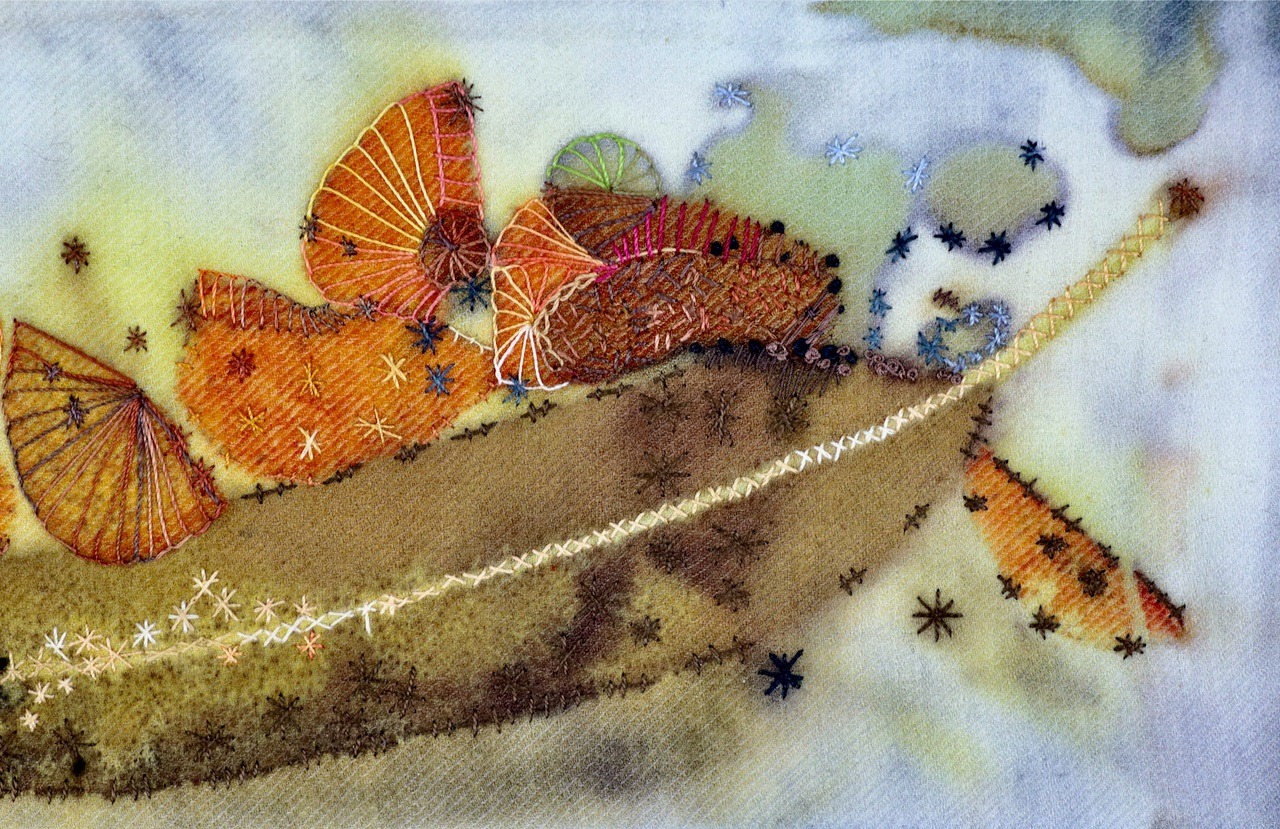
How has your work developed since you began and how do you see it evolving in the future?
My work has developed/evolved exponentially since I have focused on my own practice. I made an online demonstration workshop for the Festival of Quilts (2020). And for the last two years, I have been working collaboratively with Brunhilde Scheidmeir. Our focus has been eco printing, natural dyes, indigo and book making.
I am working in a more 3-dimensional format and have incorporated origami folding, fabric/paper with eco printing.
My art is how I express myself—how I work through difficulties. It is fundamental to my life.
To quote Maya Angelou, ‘You can’t use up creativity. The more you use, the more you have.’
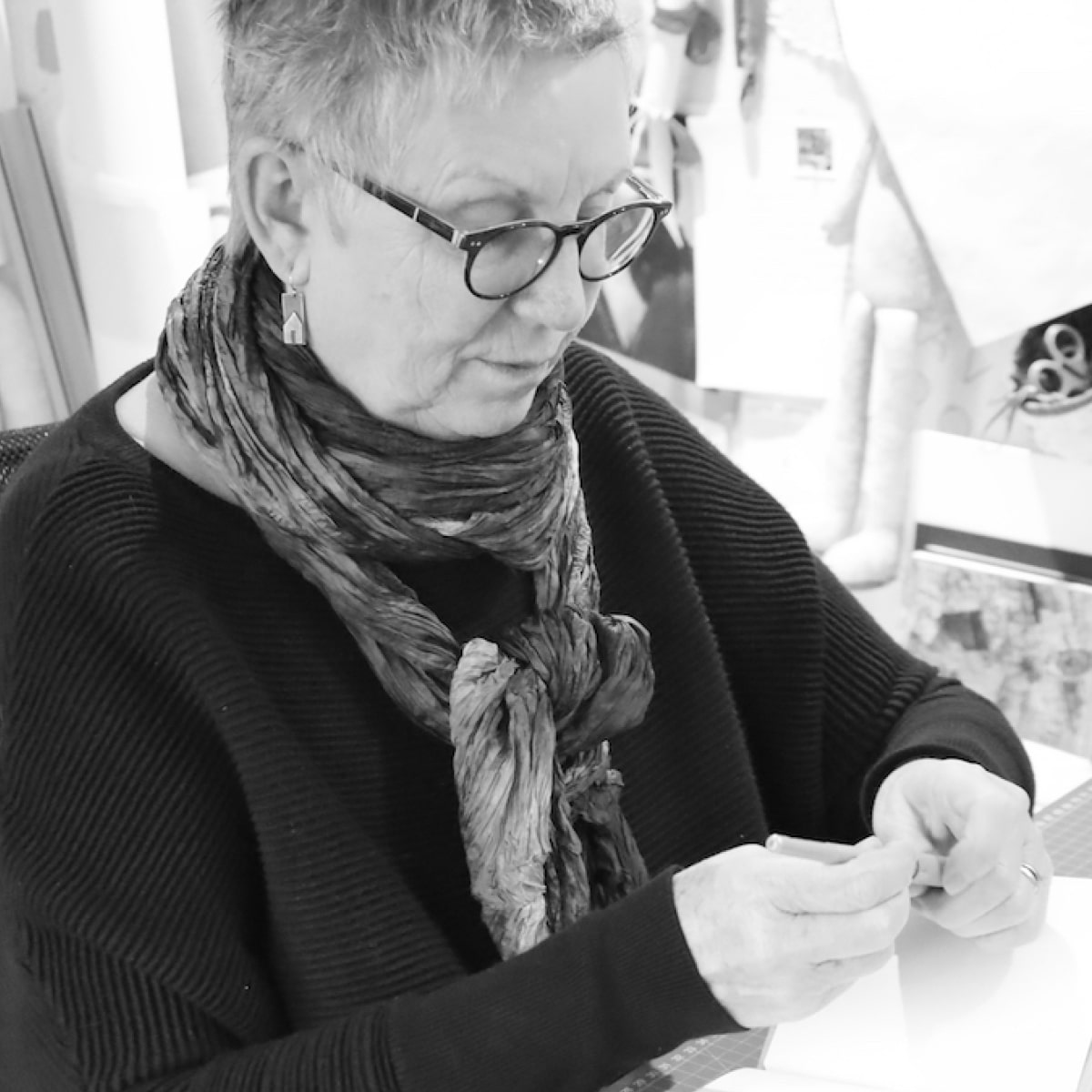
For more information visit judekingshott.co.uk
The Covid quarantine led to new discoveries in eco-printing for Jude. How have times of quarantine influenced your own creative journey?
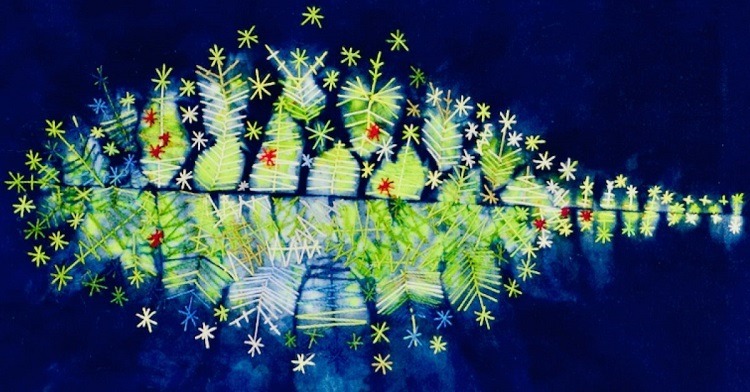
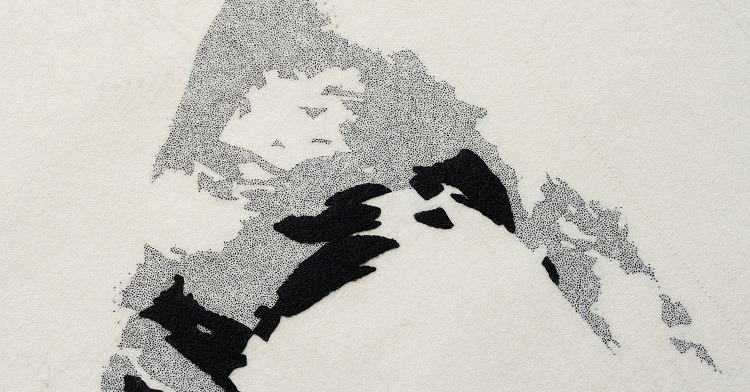
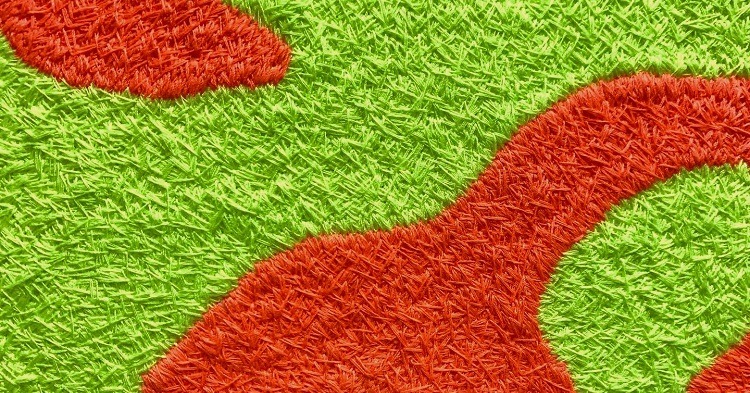
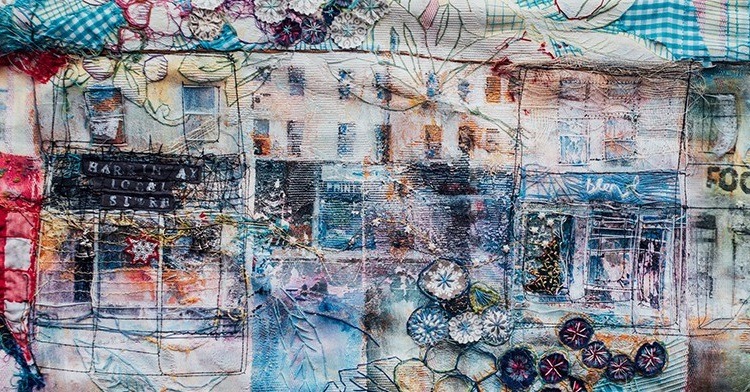
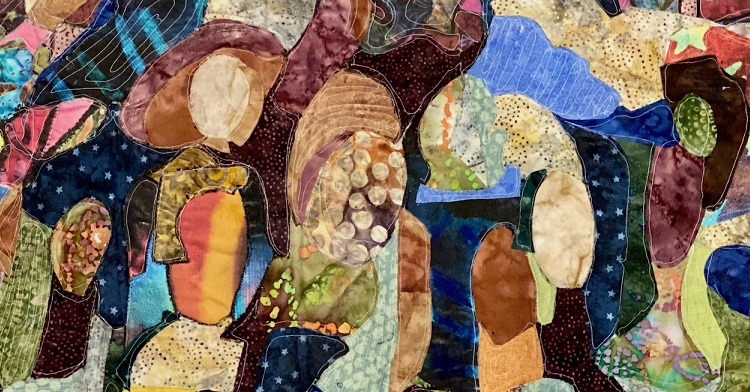
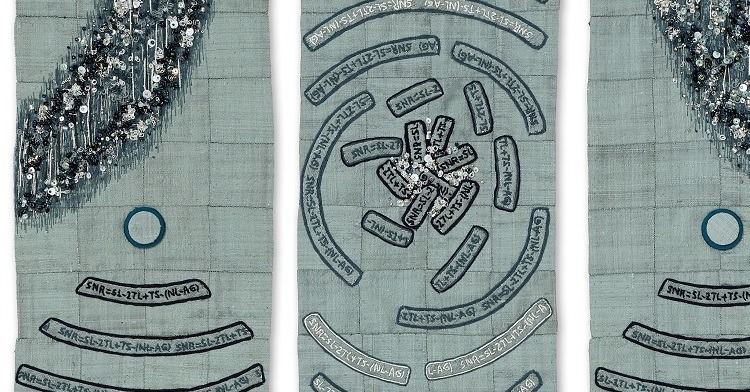
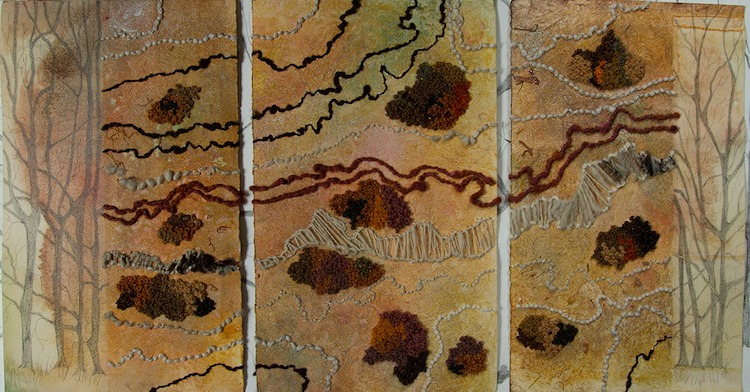
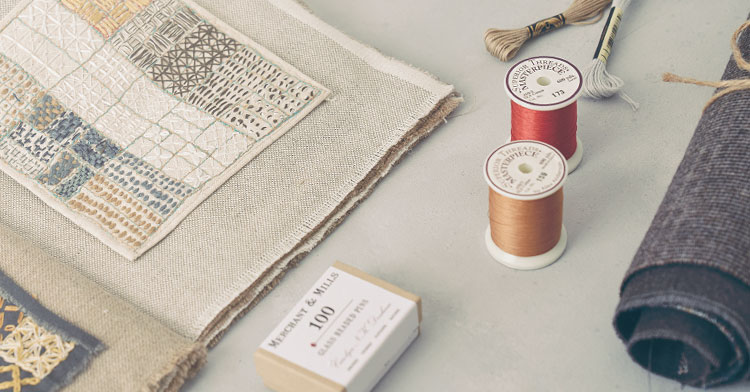
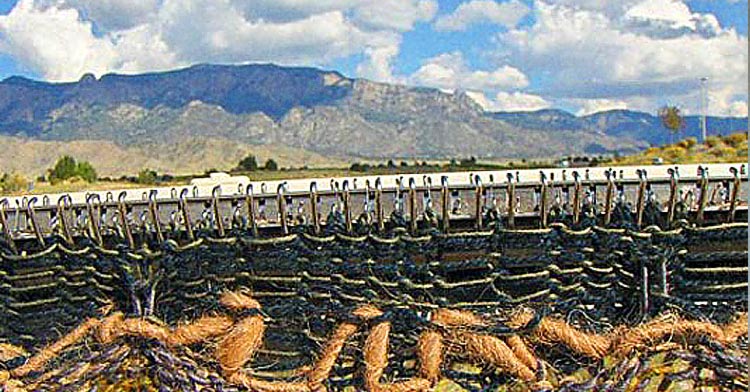
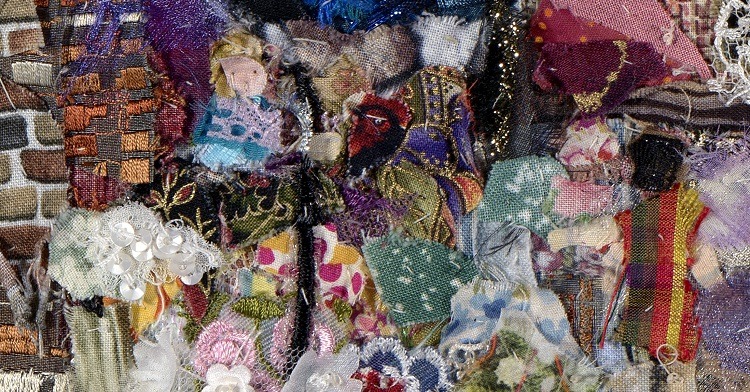

8 comments
Jan Cook
Reading of Jude’s experiences and seeing such a feast of colours and textures is to be digested slowly. I feel greedy but will take time to chew every mouthful.
Thank you very much for your generous offering.
Pascale Merlin
Très agréable à lire, très généreux et enrichissant.
Janet Jappen
loved the article. jude doesn’t have limits that often cramp one’s creativity. I enjoy how she jumps between fabric and paper as her basic. Much food for thought in my explorations.
Angela McArthur
I feel I have been waiting for a Jude to come along all my life. I can’t wait to get started on her workshop.
Jana Jopson
Fascinating article and artist and work! I also enjoyed following the links. These interviews in textileartists.org are always a joy. Thank you!
Linda
Jude’s art is a culmination of all her life experiences. It is rich and complex, and inspiring.
The question: How has quarantine affected your creativity? I also turned to my gardens more than ever. I’ve been natural dyeing for thirty years but was determined to try some new techniques and ideas. There was my personal challenge to do ten natural dyes in ten days, compost dyeing (waiting is the hardest part!), natural dyeing paper, eco-printing paper and cloth, cyanotype and even a little flower pounding. These samples are now coming into play in my art as I add stitch and combine with felting. As difficult as the isolation has been, the time to experiment was a gift I would never have experienced in normal times.
Penelope Townsend
This was a very interesting and informative article something that I’ve dappled with but now want to do more thankyou
Angela
What an inspiring article. How lovely Jude’s artistic journey has been! And having been exposed to so many different techniques along the way, as well as developing her own, has resulted in beautiful pieces. And that she doesn’t keep it to herself but shares with others too, is truly a success in life!